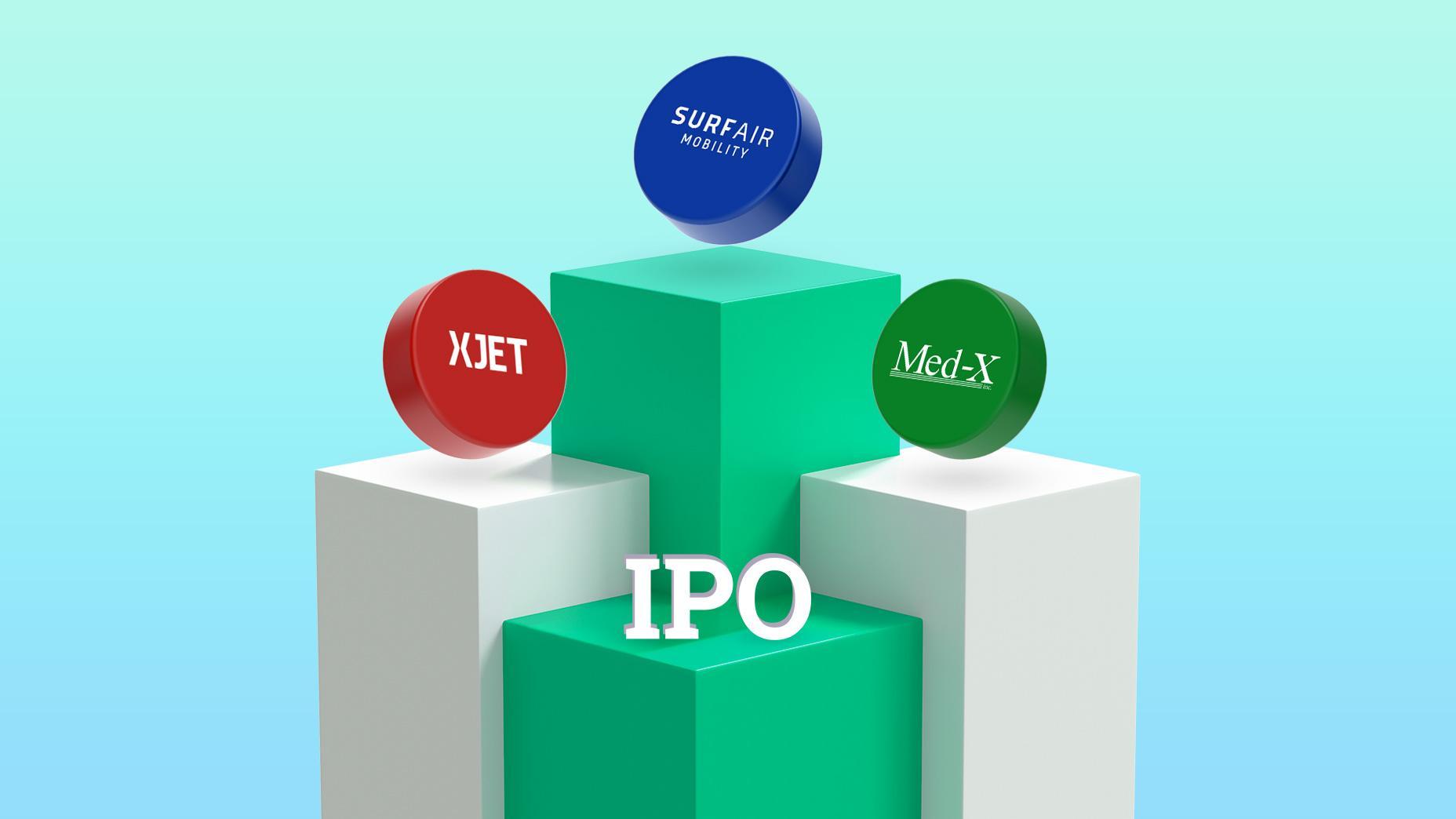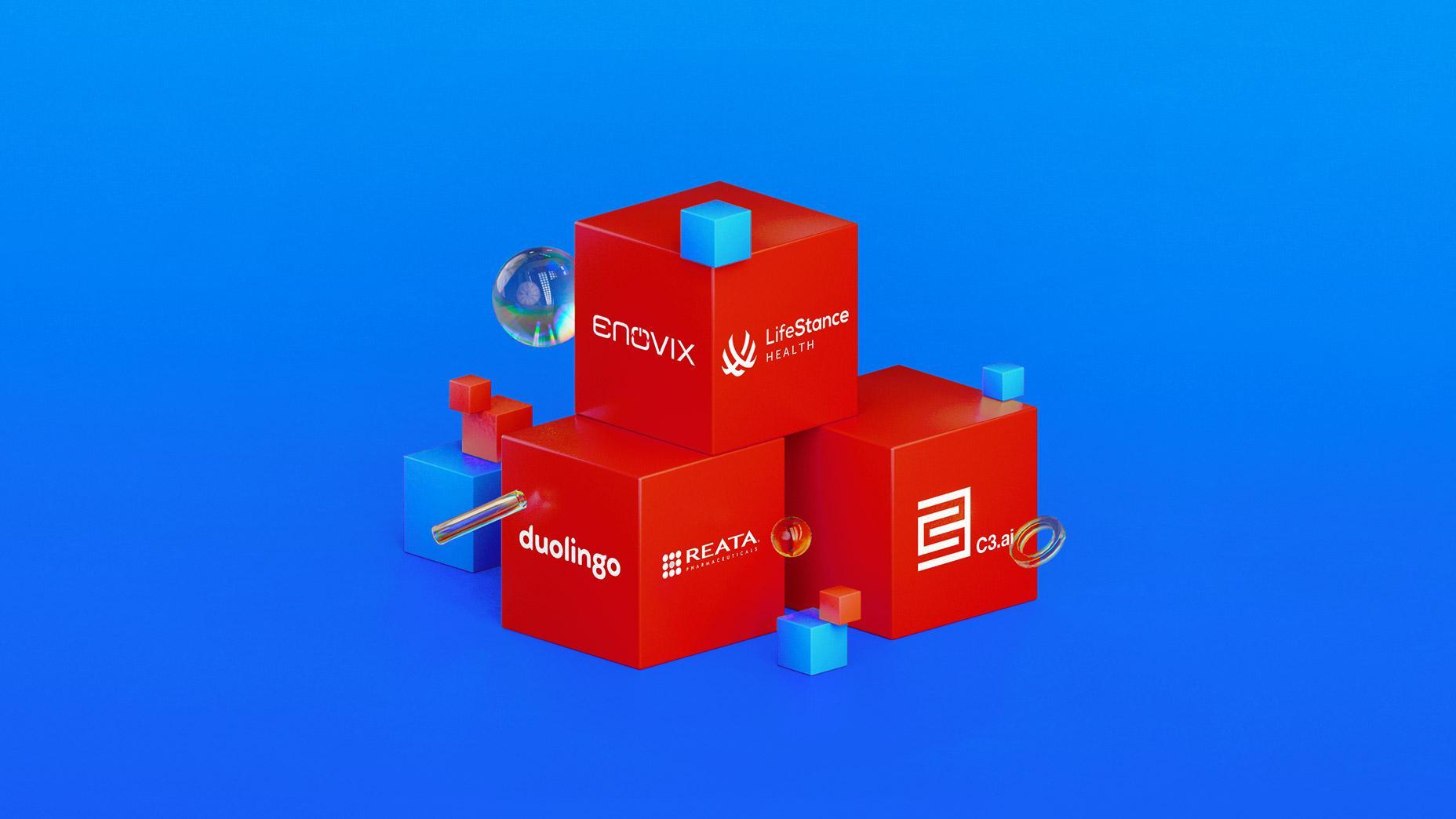Beginner's Guide to Understanding Company Financial Ratios
6 minutes for reading

When trading in financial markets, particularly in the stock market, having information about the financial ratios of companies might be extremely useful. Not only beginners but also market whales use financial reports for stock analysis.
If you've just started investing, try studying data and indicators of companies for reporting periods. Companies usually give out quarterly, six-monthly, and yearly reports. Although you may not need them for intraday trading, financial ratios and reports become influential for medium and long-term investing.
See below such ratios discussed in detail, including how they can influence your choice of stocks for investing.
Price/Earnings
P/E (Price/Earnings) is the ratio between the stock price and the yearly return on it. The P/E ratio helps you evaluate how long it will take for your investment to pay off.
- The P/E lets you choose a company with overvalued or undervalued shares
- A low P/E means that your investment will pay off soon
- It is only applicable to companies that make a profit
Price/Sales
The P/S is a valuation ratio that compares a company's stock price to its annual revenue.
- If the P/S is 2 or below, the stock is considered attractive for investing
- Ideally, the indicator must be 1. This value will mean that, based on the current profit, your investment will pay off in a year
- Unlike the P/E, the P/S is applicable to losing companies
Price/Cash Flow
The P/CF is the ratio of the asset's price and the company's cash flow with regard to depreciation costs, capital expenditures, and working capital. It is calculated by dividing the market capitalisation of the company by the cash flow from completed market operations.
The P/CF is traditionally evaluated as follows:
- A P/CF above 20 means that the company is in trouble
- A P/CF between 15 and 20 is good
- A P/CF below 15 means that the company is in perfect shape
Price-to-Book
The P/B or P/BV (Price-to-Book Value) shows the price of the company's assets that can be sold if the company goes bankrupt, minus its commitments (debts, expenses). This coefficient is a stock multiplier that shows whether the company can be considered for investment or whether its stocks are overvalued in the market. Undervalued shares have a chance to grow.
- The lower the P/BV, the more the chances for the company's shares to grow
- This coefficient should be used alongside other indicators because it does not account for the future income of the company
Price/Earnings to Growth
The PEG is a simplified version of the P/E. It is calculated with regard to the forecast growth speed of the company and indicates whether it is currently overvalued or undervalued, as well as its development prospects.
- The PEG helps find companies with expensive inner assets that are undervalued in the market
- In the future, the shares of such a company will grow
Current Ratio
The Current Ratio is literally the current sum of assets divided by the overall commitments of the company. Simply speaking, this is a demonstration of the company's stability, indicating whether it is able to pay off its short-term commitments with short-term assets.
- If the ratio is between 1.6 and 2, the company is attractive for investments
- If the ratio is 1, this means the company can pay off its short-term debts completely
- For the Current Ratio, the sphere in which the company works is important because "normal" values are different for different activities
Capitalisation
Capitalisation (Market Cap) is the most recent market value of a company's outstanding shares, i.e., how much a company is worth as determined by the stock market. It is calculated as the number of stocks in circulation multiplied by the current stock price. The value changes alongside the stock price and may differ from the actual price of the company. Quite often, the market capitalisation changes due to active trades or exchange speculations.
Debt-to-Equity
The D/E is literally the ratio of the loaned capital of the company and the capital of its shareholders. As with the Current Ratio, the D/E is different from one sector to another, hence, it is incorrect to compare the D/E of an electric carmaker and a provider of online services.
- A D/E value that's too low means that the company is used the loaned money ineffectively
- If the value is too high, the company risks losing its financial independence and stability
COGS (Cost of Goods Sold)
The COGS is the primary cost of sold goods and services. It includes all the expenses incurred for buying materials and processing them, the production costs, and the costs incurred along the supply chain of the final product to the consumer. The COGS is impacted by the purchase prices for raw materials, the season of the year, the weather, and the region. For example, rising oil prices affect the price of gasoline for carriers and are reflected in the final price paid by the consumers. An increase in transportation prices impacts the price of tourist services, harming tourism and so on.
Return on Assets
The ROA is the profitability of assets, or the profit per currency unit (dollar). It indicates whether the company's management works efficiently. The multiplier is used to compare competing companies and shows whether assets are used efficiently towards making a profit. The ROA is calculated by dividing the net profit by all the assets. The average value depends on the sphere of the company's activities.
Return on Equity
The ROE is the ratio of the company's capital and the profit against the overall shareholders' capital. For example, if the ROE is 23%, every 100 USD of the company's capital yields 23 USD of profit. The higher the profitability, the more attractive the company is.
Working capital per unit of profit
This multiplier represents the capital used daily (in cycles) for the production of goods and services. It is used to compare competing companies that work in one sector or by similar principles. The larger it is, the more opportunities there are to make a profit.
Closing thoughts
With so much information made available online nowadays, there is no need for complicated calculations to analyse financial indices. Most of these indicators are published on company websites in the section dedicated to investors.
Analyse the indicators, use them to compare competing companies, and choose the ones that suit you. To simplify your analysis, take open Internet resources that provide reports of companies and calculators for financial ratios.
Using all the ratios for companies that work in completely different spheres is incorrect. Experienced investors build their portfolios with stocks of competing companies.
카테고리들
최근 게시물
Discover How Warren Buffett Adjusted His Investment Holdings in the Second Quarter: New Additions and Complete Sell-Offs
The Public Offering of Justworks, Inc.: A Deep Dive into its Innovative Cloud-Based Accounting Management Platform and its Investment Appeal on 12 Jan...
Delve into the Forces Shaping the Gaming Industry: Insights on Engine Gaming, SciPlay, Sea, Roblox, and Electronic Arts.
Peloton Unveils Business Overhaul with Leadership Change and Cost-Cutting Strategy: Targeting Growth or Setting the Stage for Acquisition?
Weekly News Roundup: Salesforce, Okta, Chewy, and Crowdstrike Release Quarterly Results; Microsoft Reduces Quarterly Forecast - How Did Their Stocks R...






